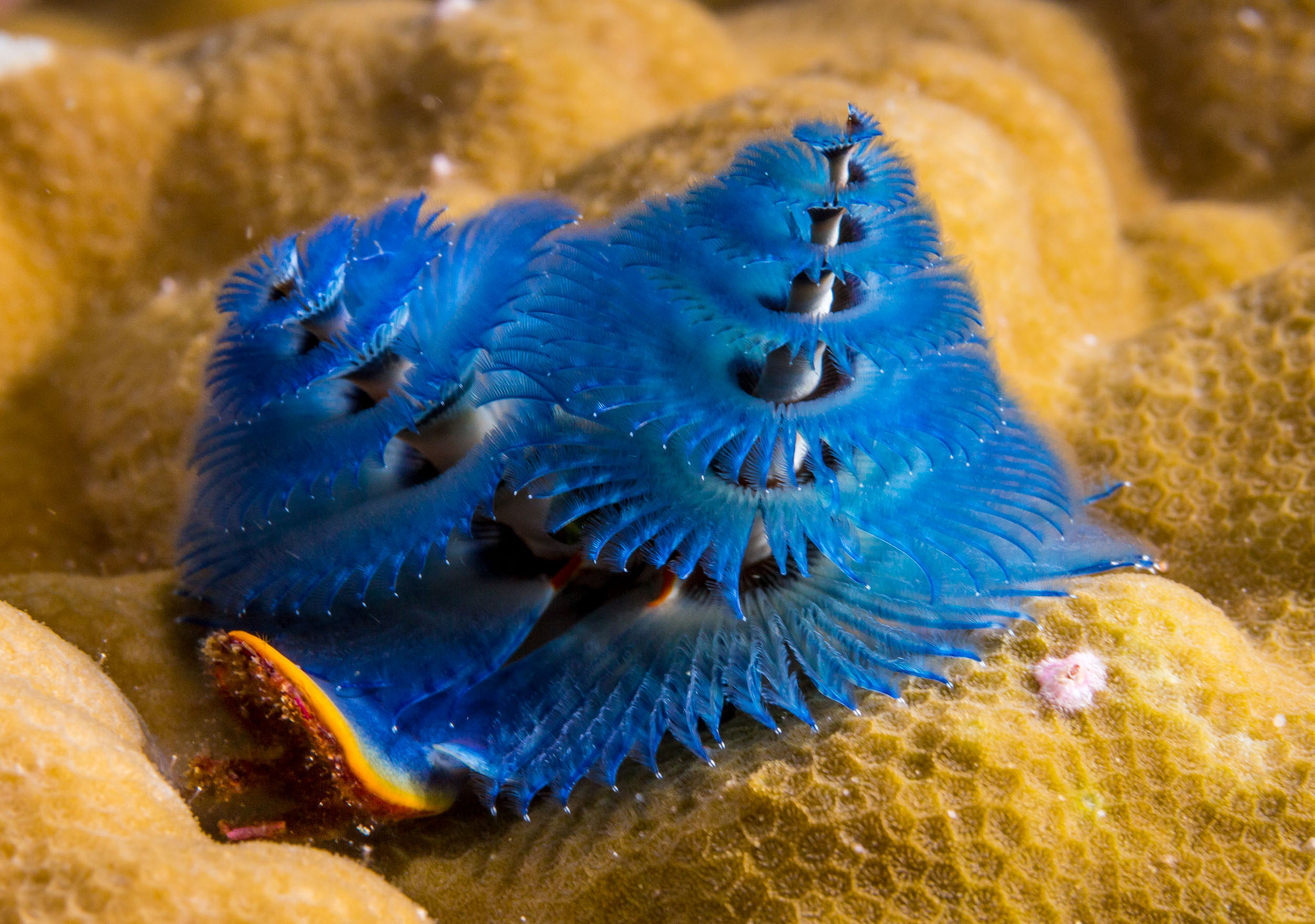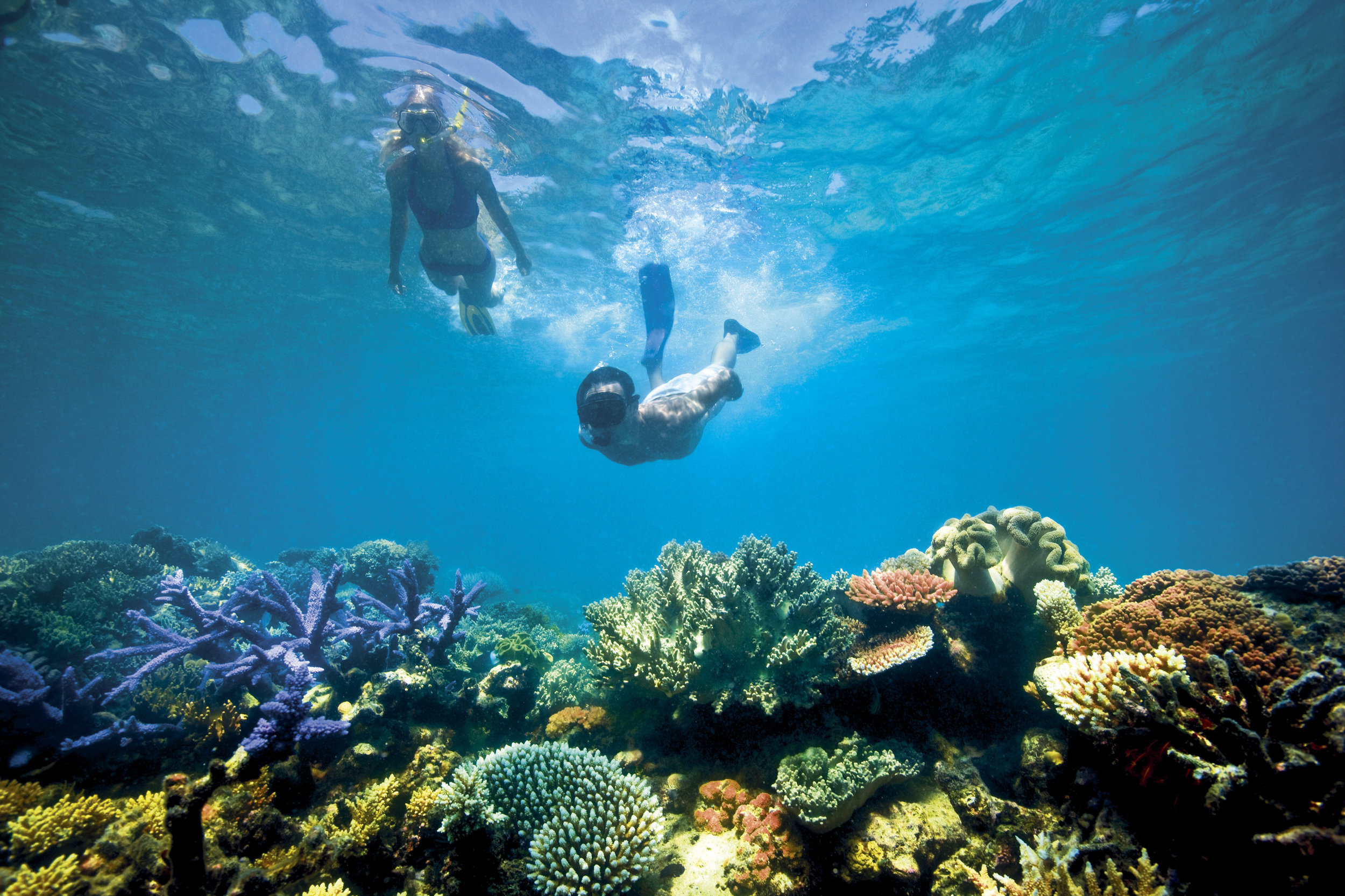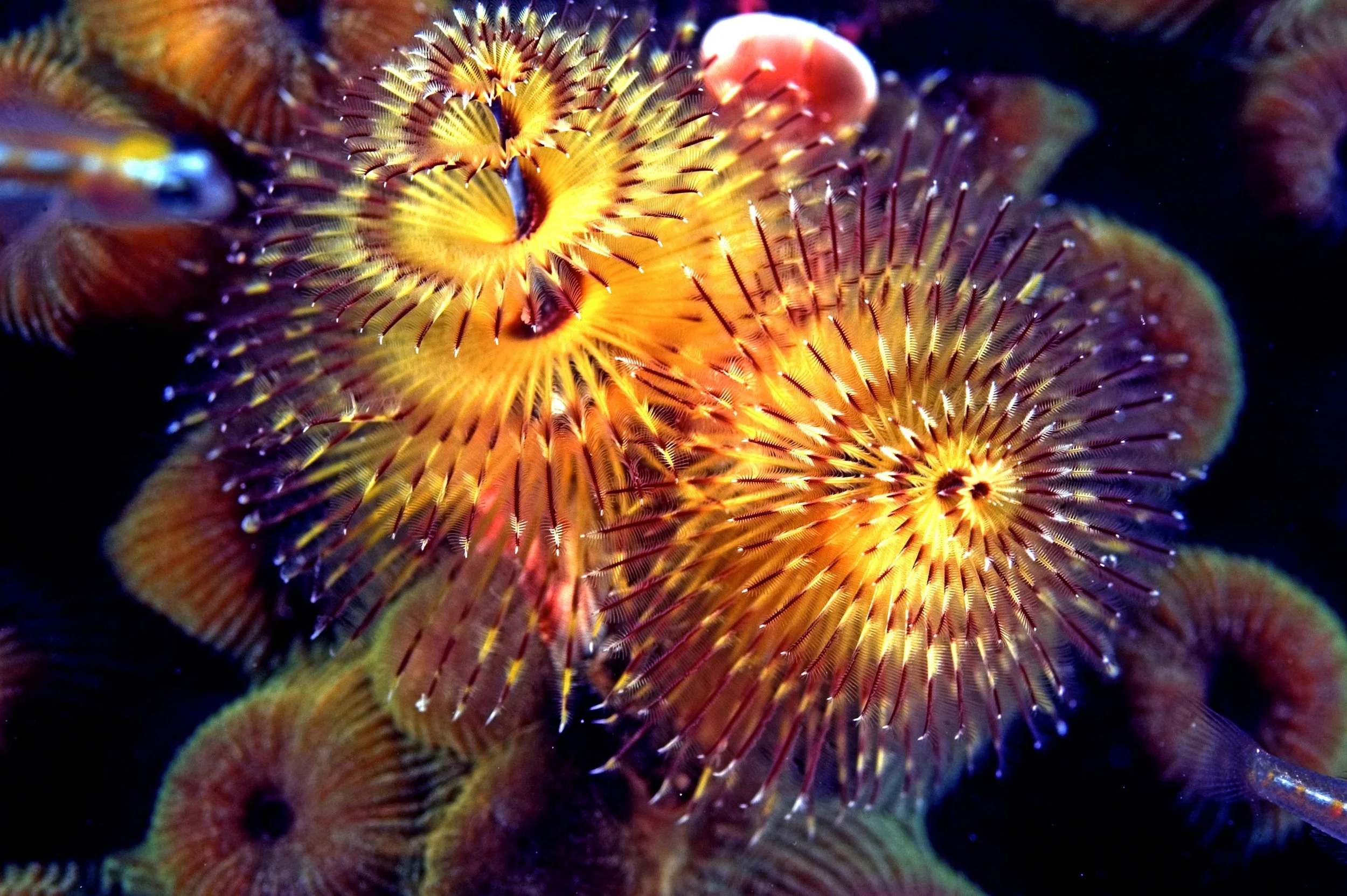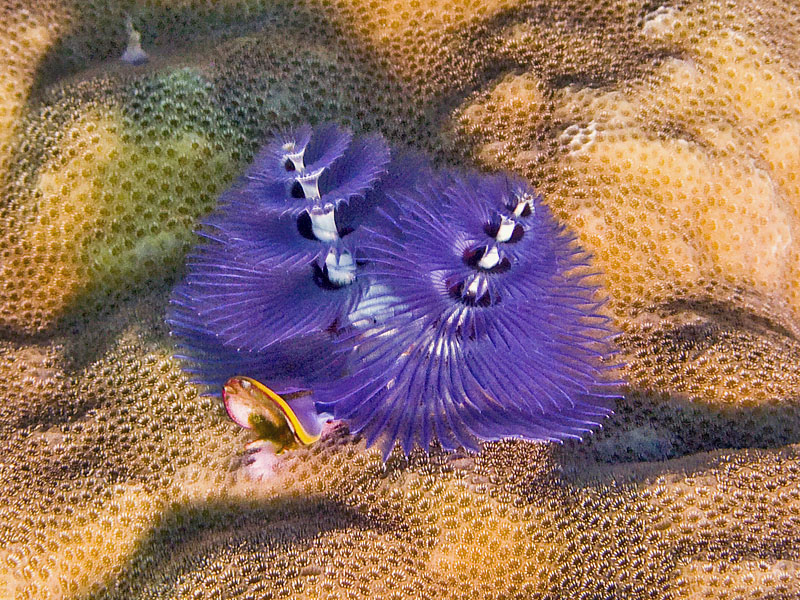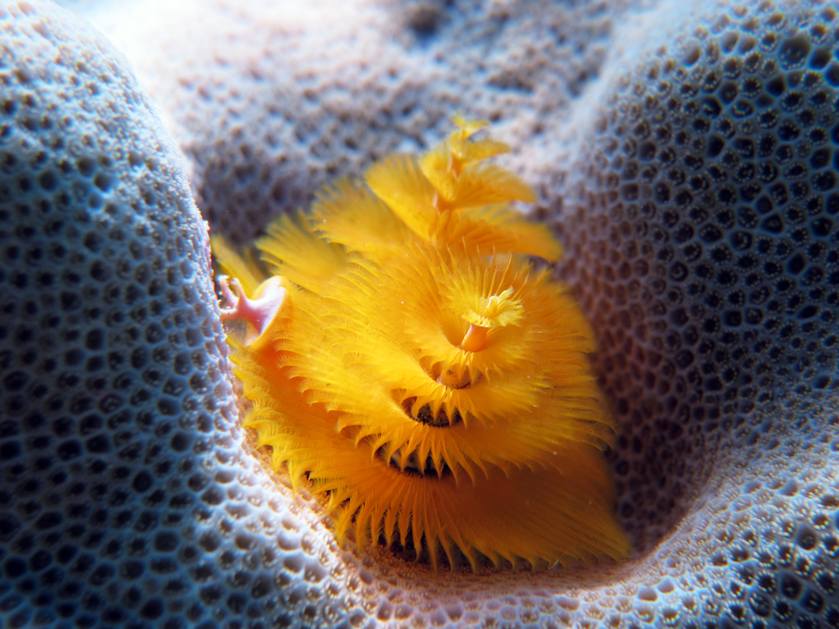
Stock and Items Included on Bareboat Charters
The bareboat (skipper yourself) vessels with Luxury Yachts Whitsundays are fully equipped with everything you need for a comfortable and well stocked charter. From linen and lighters, whisks and waterhoses to tide tables and tongs, Luxury Yachts Whitsundays has you covered. Here is a comprehensive list of what you'll find on the boat and what you needn't worry about buying or going without.
* 12v to 240v Invertor
* GPS and chart plotter
* Electric anchor winch
* Dinghy and 6hp outboard
* Boat hook
* Cabin fans and air-conditioning
* Induction stove
* Boarding swim ladder
* Fenders and mooring lines
* Cockpit lights
* Electric BBQ
* Water hose
* Shore power cord
* Safety gear
What We Supply On Board
* Linen and blankets
* Pillows and pillowcases
* Bath towels (2 per person)
* Tea towels
* Fully equipped galley (Kitchen).
* Cleaning gear
* Shower/toilet.
* Deck shower
* Snorkelling gear - mask, snorkel and fins.
* Ipod connectivity, AM/FM Radio & CD Player
* Wet weather jackets
* Bimini
* VHF Radio
Safety Gear
* Flares
* Tools and spares kit
* Life rings
* Depth sounder
* EPIRB
* Torches
* VHF radio
* Binoculars
* Life jackets
* Complete vessel safety briefing
* First Aid Kit (Charterer pays for items used)
* Vinegar
* Tide tables
* '100 Magic Miles' cruising guide
* Charts
* Rule and divider
* Lead line
* Operational manual
* Salad servers
* Tongs
* Food storage containers
* Colander
* Grater
* Cork screw
* Can opener
* Egg rings
* Egg slice
* BBQ spatula
* Peeler
* Whisk
* Masher
* Measuring jug
* Mixing bowls
* Toast rack
* Clothes pegs
* Dustpan and brush
* Sink plunger
Galley (Kitchen) Supplies
* Dinner plates
* Side plates
* Desert bowls
* Cutlery
* Cutting knives
* Cutting boards
* Serving platters
* Mugs
* Tea pot
* Wine goblets
* Tumblers
* Champagne flutes
* Coffee plunger
* Kettle
* Water jug
* Frying pans
* Sauce pans
* Baking trays
* Salad bowl
*Coffee pod machine
Consumables Kit
* Sponges
* Scourer
* Detergent
* Disinfectant
* Jif - cream cleaner
* Spray and wipe
* Garbage bags x 3
* Toilet rolls x 2 per toilet
* Smart casual dress for resort visiting
* Old pair of sneakers or deck shoes
* Favourite CDs, DVDs or Ipod.
* Your lucky fishing gear!!
* Books, playing cards and games
* Insect repellant
* Travel insurance
* A sense of adventure
What You Should Bring With You
* Sunscreen
* Sunglasses (polarised)
* Hat with toggle
* Light casual clothes
* Your camera
* Beach towel and swimming costume
* Warmer gear during winter
Tenders
All vessels come with a tender fitted with a 6hp outboard engine, safety gear including oars.
Moor and Moor New Public Moorings for the Whitsundays
Queensland Parks and Wildlife Service (QPWS) have announced an additional 60 new public moorings have been installed around the Whitsundays, and 40 new reef protection markers installed in order to protect the fringing reef better, provide convenient and sustainable access for boaties and help the area recover after Cyclone Debbie.
Prior to the cyclone, the Whitsundays already had 85 public moorings and 50 reef protection markers around the fringing reef of the islands. Now with a total of 145 public moorings and 90 reef protection markers for use by recreational boat users, bareboat charterers and the tourism industry operators, the reef is in a better position now to recover and regenerate.
Moorings are designed so that anchors don't have to be dropped on the sea floor and reef protection markers guide operators where it is safe to drop an anchor without it landing on coral bommies. The Environmental Management Charge (EMC) that charterers are charged, go towards the upkeep, maintenance and installation of moorings around the Whitsunday islands.
Different coloured moorings allow operators to easily identify the vessel size limit and maximum wind speed allowed for that particular mooring and is in the best interest of the 'captain' and the crew to adhere to these guidelines when picking up moorings for the safety of all on board as well as the protection of the reef. The Zoning Map will also help you understand where you can go and what activities you can undertake in each area of the islands.
If you follow Cumberland Charter Yachts' (Luxury Yachts Whitsundays parent company) 'Reef Protection Practices' while on charter and become a Citizen of the Great Barrier Reef, we can all do our little part in nurturing the Great Barrier Reef.
Five fast facts about Christmas Tree Worms
Christmas Tree Worms are one of my favourite things to find when snorkelling on the Great Barrier Reef, and so in the spirit of Christmas, here are some fast facts about these little guys. I bet your bottom dollar they'll be the first thing you go looking for when you snorkel straight from the back of the boat on your next luxury charter in the Whitsundays!
For those who celebrate Christmas, tree decorating comes once a year, but in the world's tropical seas, 'tis always the season! Christmas tree worms (Spirobranchus giganteus) are a type of polychaete, a group of segmented worms that contains over 13,000 species. And just like their cousins the "sea mice" and feather dusters, these unassuming invertebrates put on quite the eye-catching display.
1. Tree sieve
The Seuss-style plumes you see above – which come in an array of colour morphs – are called "crowns", and you'll notice they appear in pairs. That's because each worm has two of them. By pumping water up and over the crowns, a Christmas tree worm can filter out tiny plants and animals to snack on. The feathery structures are lined with both sticky mucus and spiky bristles (called cilia), which help trap passing prey.
2. Double duty
After a bit of size sifting, the worm moves any tasty morsels – conveyor-style – to the mouth, but the crowns do more than just catch food: they also harness oxygen! For this reason, the structures are often mistakenly called gills.
3. Now you see me
Underwater "pines" might be beautiful, but they're really just the tip of this worm's iceberg. Two-thirds of the body of a Spirobranchus lies hidden in a calcium carbonate tube, which it erects as a bunker.
Some groups take this one step further, by setting up shop in stony corals. But the crafty worms don't do the heavy drilling: by nestling their bodies against the corals' living tissues, they force the polyps to build around them. Over time, these coral-encased bunkers can reach ten inches in length.
Spirobranchus worms are pretty choosy about which corals they settle on, but scientists are still working out why. Some speculate that landing on carefully selected species could help the worms with reproduction. Others suggest the pickiness comes down to avoiding accidental predation (no worm wants a coral-munching parrot fish is hankering for its home turf).
4. Only the classics for these worms
Once settled down, a Christmas tree worm can live upwards of 30 years! (Though 10-20 is more common.)
5. Ladies and gents
While many invertebrates reproduce asexually, there are actually male and female Christmas tree worms. These animals are broadcast spawners, meaning they shoot their genetic contribution into the surrounding water, in the hope that it meets its match. Once fertilisation occurs, it takes just 24 hours for larvae to develop.
